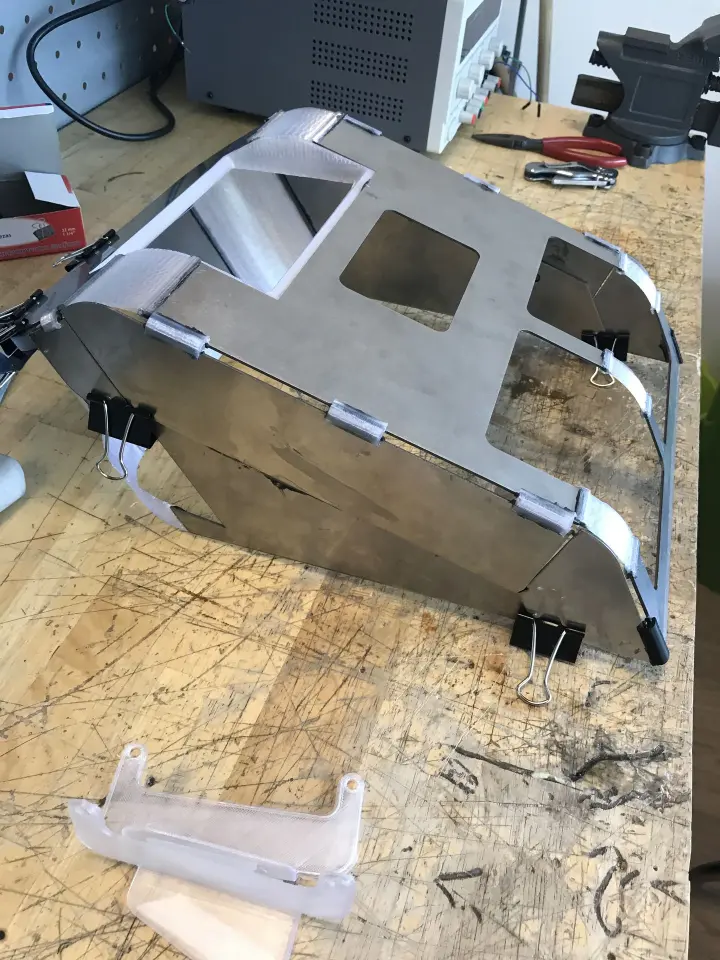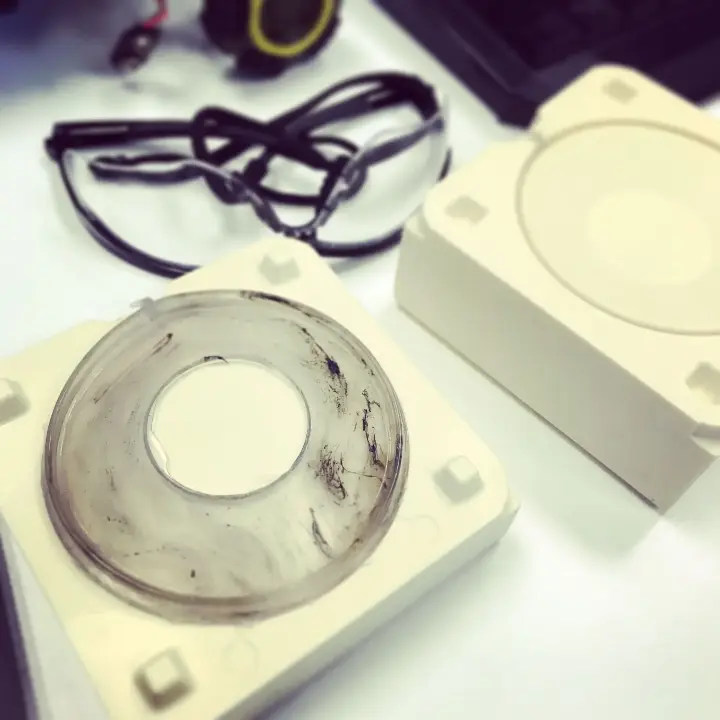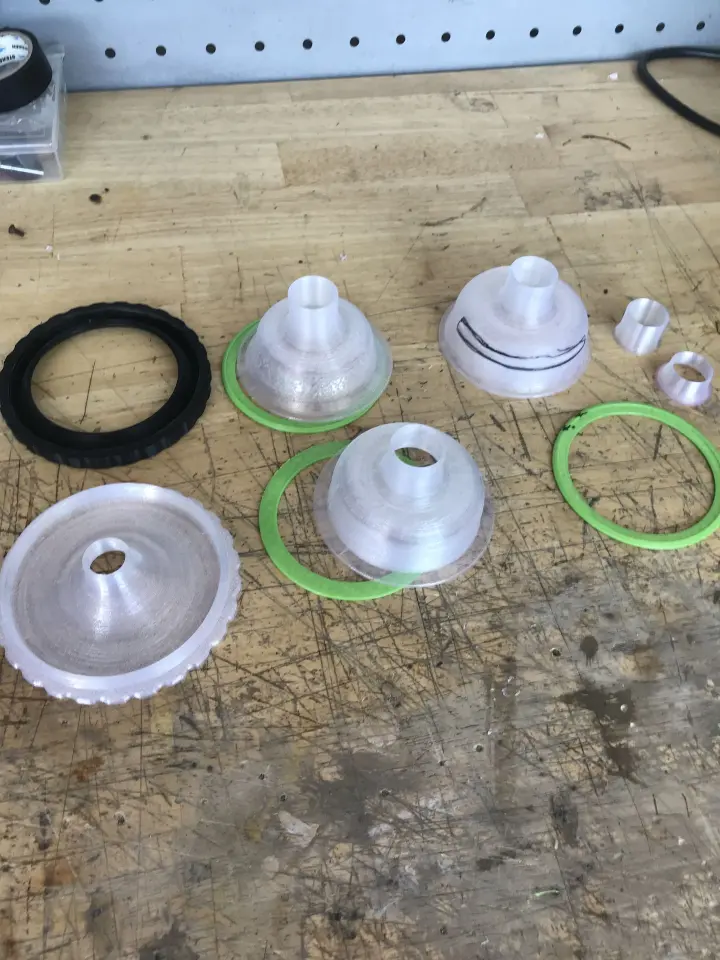From Idea to Prototype in 4 Weeks: How We Co-Design with Clients
Speed matters. In product development, the time between a good idea and a working prototype can be the difference between winning the market or falling behind. Our approach combines client co-design methodologies and proven agile development techniques to turn an initial idea into a functional prototype in just four weeks.
1. Start with the Value Proposition
Inspired by Alex Osterwalder’s work, we believe no prototype should exist without a clear value proposition hypothesis:
- What problem does it solve?
- For whom?
- Why is it better than what already exists?
In the first week, we work closely with the client to clarify these hypotheses using tools such as the Value Proposition Canvas and the Business Model Canvas. This ensures that the prototype we build is aligned with real user needs and the business model that needs validation.

2. Prototypes for Learning, Not Just for Show
Following Karl Ulrich’s perspective in Product Design and Development, a prototype is not just a polished model—it’s an experiment.
- It helps quickly learn about technical feasibility.
- It allows you to identify issues early and fix them at low cost.
- It serves to communicate ideas to clients, suppliers, and investors.
In weeks two and three, we create functional or high-fidelity prototypes that can be handled and tested, not just viewed.
This means we first create a digital prototype (3D design in Fusion 360) and then move to a physical prototype. Through our in-house capabilities and supplier network, we can produce:
- Plastic parts via 3D printing or disposable molds for injection molding.
- Metal parts: sheet metal fabrication.
- Machined parts: engineering-grade plastics and various metals.
- Electronics: custom PCBs for specific function validation.
- Textile or flexible material parts.
- Packaging in multiple materials.
- Furniture in wood or combined with metal.
- Assemblies combining our prototypes with parts from other suppliers or the client.

3. Co-Design and Rapid Validation
In week four, we test the prototype with real users or the client’s team. This provides immediate feedback to:
- Confirm whether the initial value proposition holds.
- Identify improvements before investing in production.
- Make informed decisions on the next step: iterate, scale, or discard.
This early validation is key to minimizing risks and accelerating the path to a market-ready product.
(It’s important to note that manufacturing lead times from our wide supplier network are not included in these four weeks. Depending on requirements, manufacturing times for individual parts may extend the overall process.)

Conclusion
Going from sketches on paper to a functional prototype in four weeks isn’t magic—it’s a structured process that blends business strategy with agile technical execution.
At Dagaa, we work with our clients as one team, reducing development time and maximizing learning at each step. We make it clear that product design and development is iterative: multiple prototypes are required to test and refine the design before finalizing it for manufacturing. When clients understand our process and the necessity of going through these prototypes, workflows improve, we deliver value faster, and we validate business ideas with each iteration.
Do you have an idea you want to test quickly? Message me on LinkedIn and let’s talk about turning it into a functional prototype in just 4 weeks.